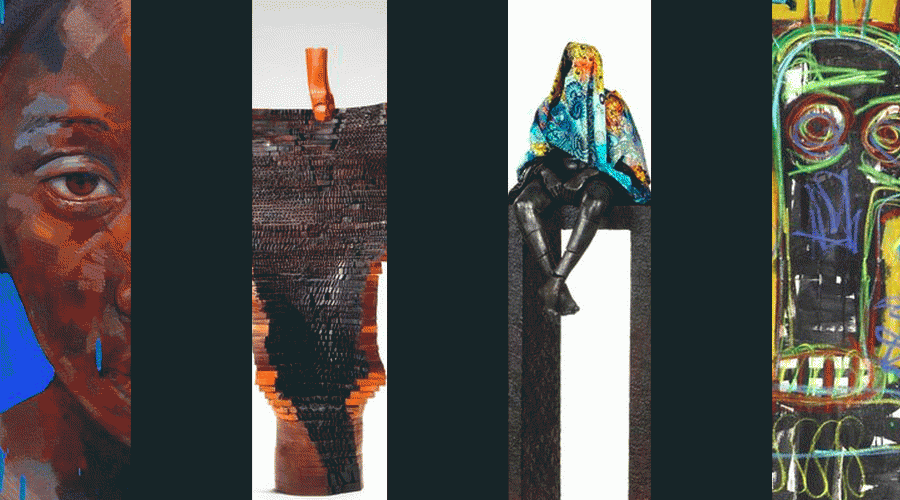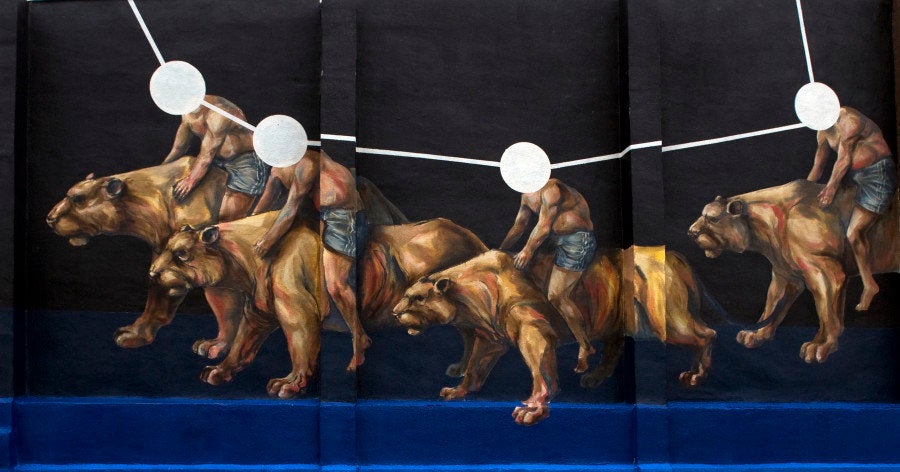One artist works with defunct weapons, transforming obsolete AK-47s and soldiers' boots into elaborate thrones and evocative masks. Another uses local textiles to explore the slippery ground between figuration and abstraction. A third folds his self-portraits into vibrant commentaries on current events, at once humorous and urgent. There is no common thread of African art, no predominant theme, medium or tone.
As Nigerian artist Peju Alatise explained, the West often conveys overly simplistic projections of African art out of ignorance, negligence or simple lack of exposure. "The one-sided Eurocentric narrative that defines and ascribes its notions of what art from Africa should be," Alatise said. "The notion that art from Africa cannot utilize modern materials and forms of expression and should instead be characterized by the use of traditional and generic materials from the local environment."
Recently, Bonhams hosted the world's first African contemporary art sale, "Africa Now," capturing on a microcosmic scale the expansive range falling under the umbrella of African art today. The show set numerous world records, proving that if you aren't familiar with Africa's leading artistic forces, you best take note. Below are 10 contemporary artists whose names you should have on your radar. Get to work!
1. Cheri Samba (Democratic Republic of Congo, born 1956)
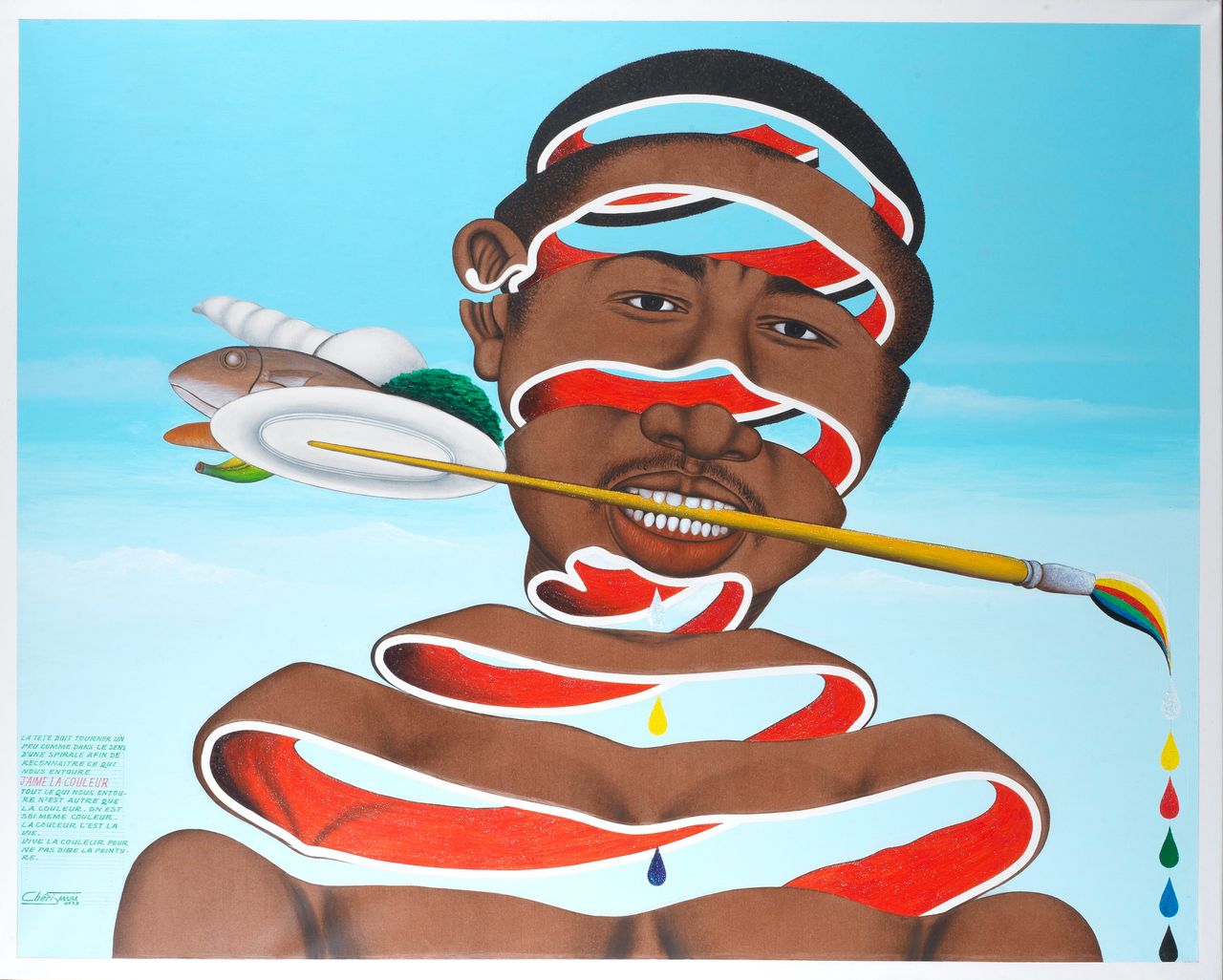
Medium: Painting
Previous jobs: Billboard painting and comic strip design
On drawing as a child: "I grew up in a village where we could catch and grow all our own food. I used to enjoy sketching animals and faces with my finger in the sand. My father was a blacksmith who made hunting rifles. He wanted me to help him at the forge after school, so I hid my notebooks and sketched at night. I would copy pictures from a popular comic to sell to my friends. I told them I would become a famous artist, that I’d travel everywhere and have a big house."
On his work: "When I paint, my main concerns are to represent things as they are, to communicate with humor, to ask relevant questions and to tell the truth. I consider myself a sort of painter-journalist. My source of inspiration is daily life. I always have suitcases full of ideas. As long as the world is the world, and writers have stories to tell, I will have something to say."
2. El Anatsui (Ghana, born 1944)
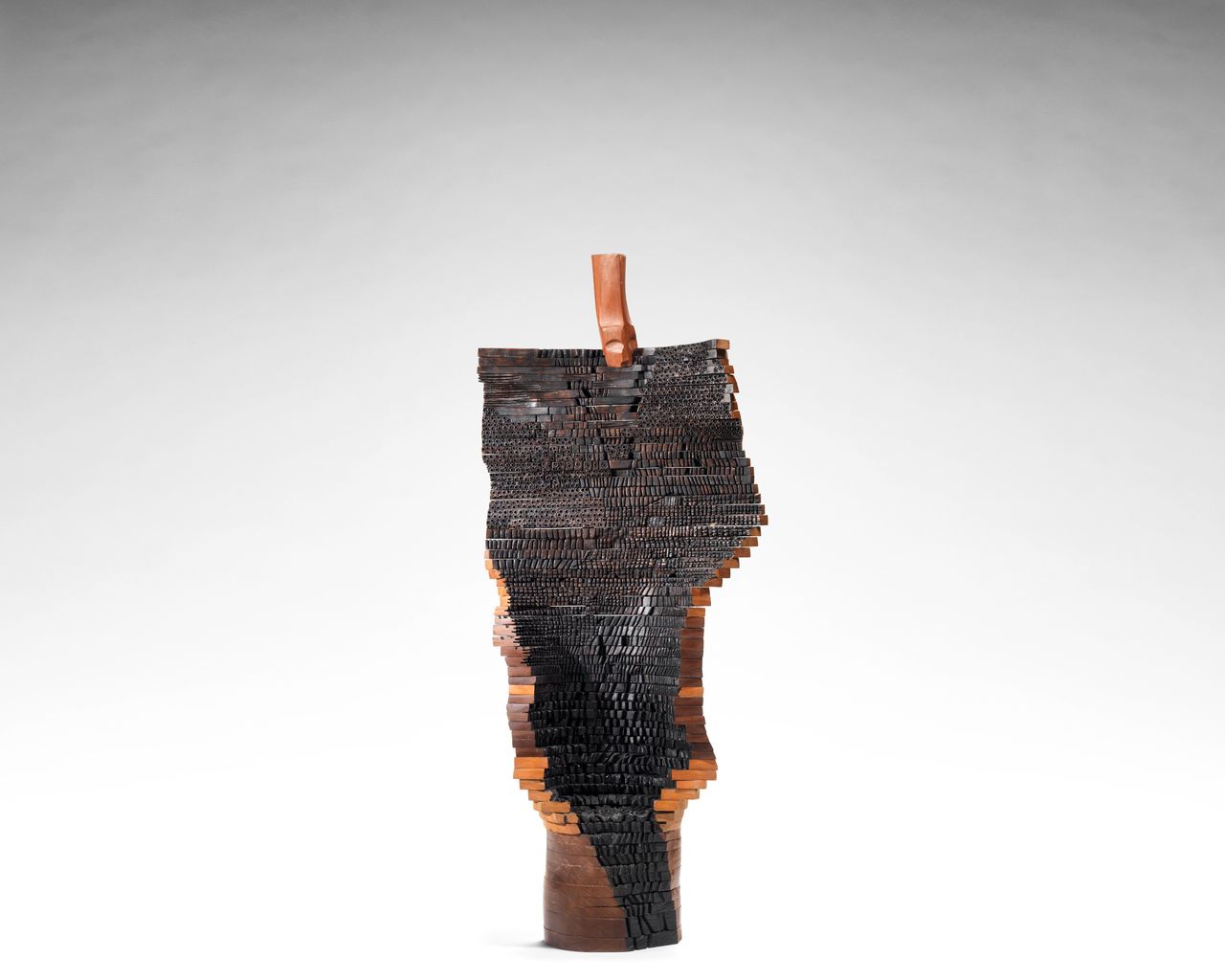
Medium: Found object sculpture
On his use of recycled materials: "I return them to use by giving them a different function -- a higher function -- maybe even the ultimate function. Each bottle-top returning as an object of contemplation has the capacity to reveal to us a more profound understanding of life than it ever did as a stopper [on a bottle]."
On his status as a "community artist": "My resources, materials, and human [labor] are sourced from the community, and I believe that make[s] me a community artist. The ideas I work with, even if sourced from the community, address issues that go from the community to the outside world. They have universal resonance [and] relevance. I believe that makes me not [exclusively] a community artist."
3. Peju Alatise (Nigeria, born 1975)

Medium: Painting, sculpture
Inspirations: David Dale, Bruce Onabrakpeya, Susanna Wenger, Anslem Kieffer, Antony Gormley, Ai Wei Wei, Motohiko Odani and Do Ho Suh
On African art: "In my opinion, art from Africa remains still largely burdened by negative social, political and economic realities from its mother continent, hence, is unable to be judged by its own merit and without negative bias or condescending patronage. However, Africans must take the responsibility upon themselves to project their own art and learn to value them as one of their greatest cultural exports."
On her use of humor: "Nigerians in general like a good laugh and would deal with the gravest of issues with humor. They will laugh at the deplorable state of education; make a joke of the nepotistic governance of the president and his wife; draw cartoons of the pedophilic senator who decides what becomes of our constitution. Nigerians are known for laughing at their circumstances rather than changing them. This syndrome is what FELA calls 'suffering and smiling.' Yes, I need to use this humor to make my subject-matters approachable."
4. Aboudia Abdoulaye Diarrassouba (Ivory Coast, born 1983)

Medium: Painting
On his style: "My work is similar to that of a journalist writing an article: I was simply describing a situation, in order to create a record of my country’s recent history. But even before the crisis I worked on similar themes, childhood in the streets, poorness, child soldiers. I'm an ambassador of the children - they do writings on the walls, their wishes, their fears, I'm doing the same on my canvas. I'm like a megaphone for these children."
On painting during the civil war: "While some artists chose to flee the civil war, I decided to stay and continue working despite the danger. I worked in an artist’s studio right next to the Golf Hotel [Ouattara’s headquarters during the post-electoral crisis], I could hear the bullets zipping through the air while I painted. When the shooting got too heavy, I hid in the cellar and I tried to imagine what was going on. As soon as things calmed down I would go back upstairs and paint everything I had in mind. Whenever I was able to go outside, I would paint everything I saw as soon as I returned. But the real life fear was with us every moment."
5. William Joseph Kentridge (South Africa, born 1955)
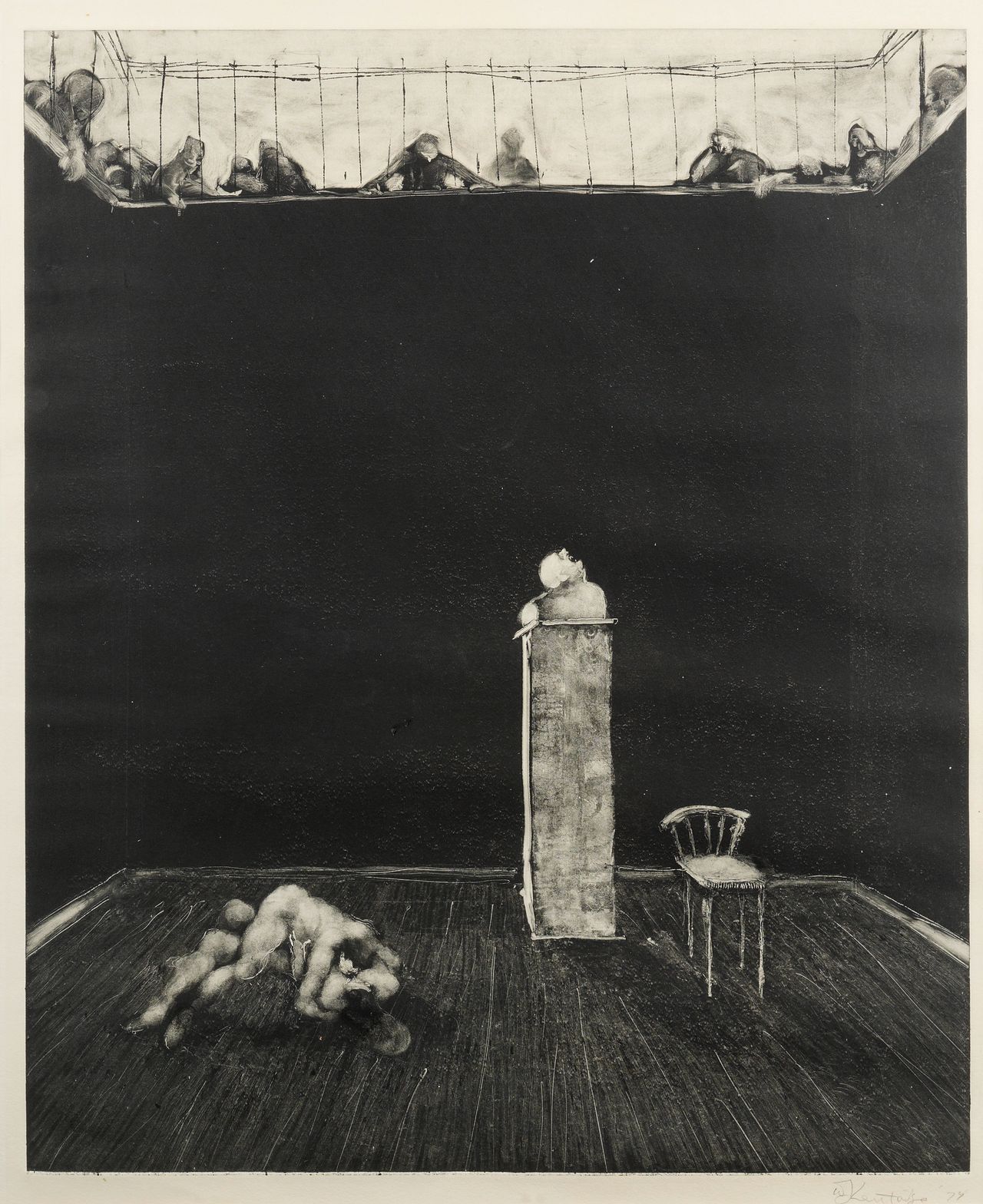
Medium: Prints, drawing and animation
Influences: Dumile Feni Mhlaba, Otto Dix and Max Beckmann
On the intersection of drawing and animation: "There is also a way of thinking of an etching as an extraordinarily, ridiculously complicated form of animation, different states of the plate, when you know that you will rework them."
On the power of ambiguity: "Certainly, there are questions of ambiguity of mark and transformations of paint into the world … that I remember being intrigued by -- not knowing whether the streak of paint is a person or a ditch."
6. Nnenna Okore (Nigeria, born 1975)
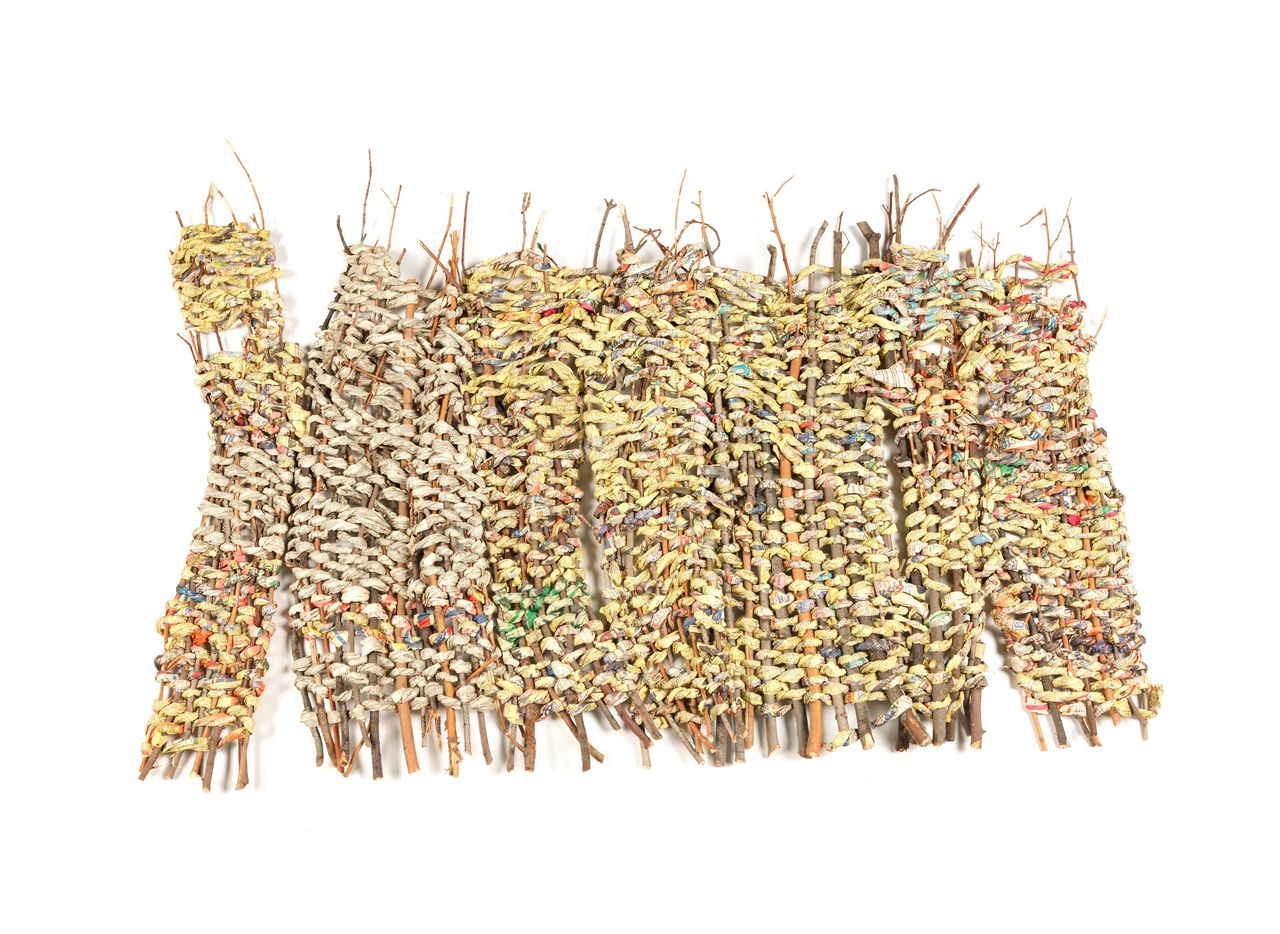
Medium: Abstract sculpture from textural materials
Artist statement: "I am intrigued by natural events like aging, death and decay that bring about weathering and dilapidation in objects and natural forms -- processes that subtly capture the fluid and delicate nature of life."
On her use of decaying materials: "As long I have been old enough and conscious enough to talk and think, I remember being drawn to certain elements in my surroundings. I was drawn to things like fiber and trees and roots. My works that are beginning to speak about age and the process of decay were triggered by gaining a better understanding of the materials that I use -- old rope, sticks, paper, tend to break down over time. I’ve been really enamored by how at the beginning of creating my work, two years later, they change and transform in themselves and become a really different body of work."
7. Gonçalo Mabunda (Mozambique, born 1975)

Medium: Sculpture made from weapons
Materials: AK-47s, land mines, rocket launchers, soldiers' boots and helmets, tanks
On his artistic mission: "Trying to represent each [person] who died with this same material ... If we destroy the weapons, the same weapon's not going to kill any more."
Controversy: In September 2015, U.S. customs officials in Philadelphia confiscated a throne made by Mabunda, crafted from decommissioned weapons of war. Adam Solow, a collector, was attempting to purchase the work from Mozambique. Solow said of the work: "Besides having a practical value -- removing weapons from the social landscape of his country -- [the thrones] also comment on the absurdity of war, national memory, and reconciliation in his country."
8. Lionel Smit (South Africa, born 1982)
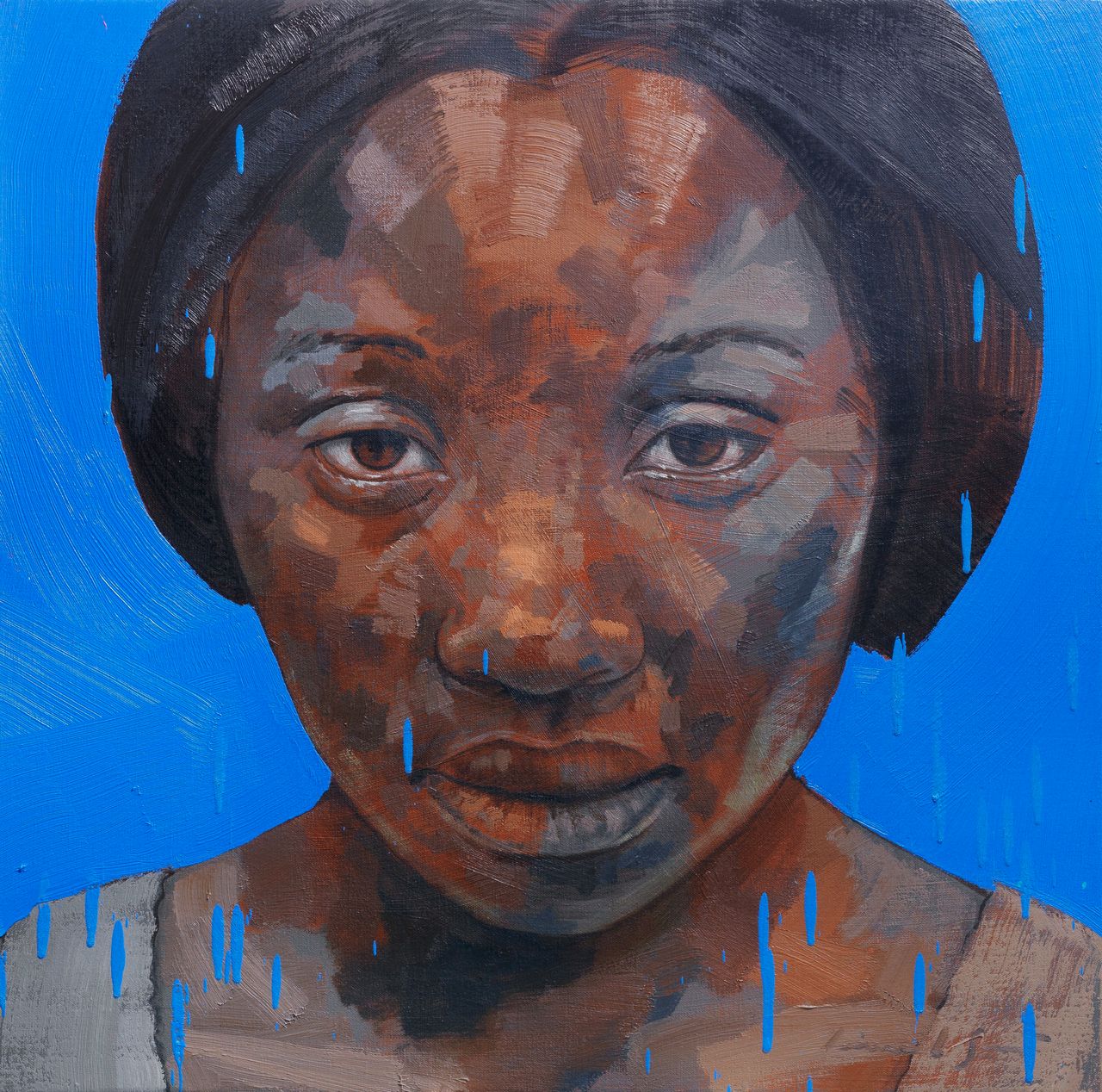
Medium: Painting, sculpture, print
Favorite artists: Francis Bacon, Andy Warhol and Lucian Freud
On when he wanted to become an artist: "It wasn't something I decided at first, but I grew up in an artistic home -- my father is a sculptor -- so it is something that came naturally to me. Later, while in art school, I knew that that is what I wanted to do."
On his artistic goals: "If I can just carry on making art, I will be happy."
9. Ransome Stanley (Born to Nigerian father and German mother in 1953)

Medium: Painting
On his style: "I don't consider myself a 'collage artist,' but I would say that collage describes my thinking process -- nonlinear, absurd, sometimes beautiful, sometimes grotesque and fragmented."
On his penchant for the color black: "One of my main concerns is the issue of time. I was actually trying to paint time, which of course is impossible. So I started mixing colors to make them look as if time had changed them, as if they were bleached by the sun or washed out by the rain. I want to create a certain patina, but not in a romantic view of the past.
"As for the color black, it is heavy on cultural meaning. Black is the absence of all light yet painting on a black background gives me the impression of light. It doesn't matter if the color is very bright or soft, you do feel it in an extreme way."
10. Abdoulaye Konaté (Mali, born 1953)
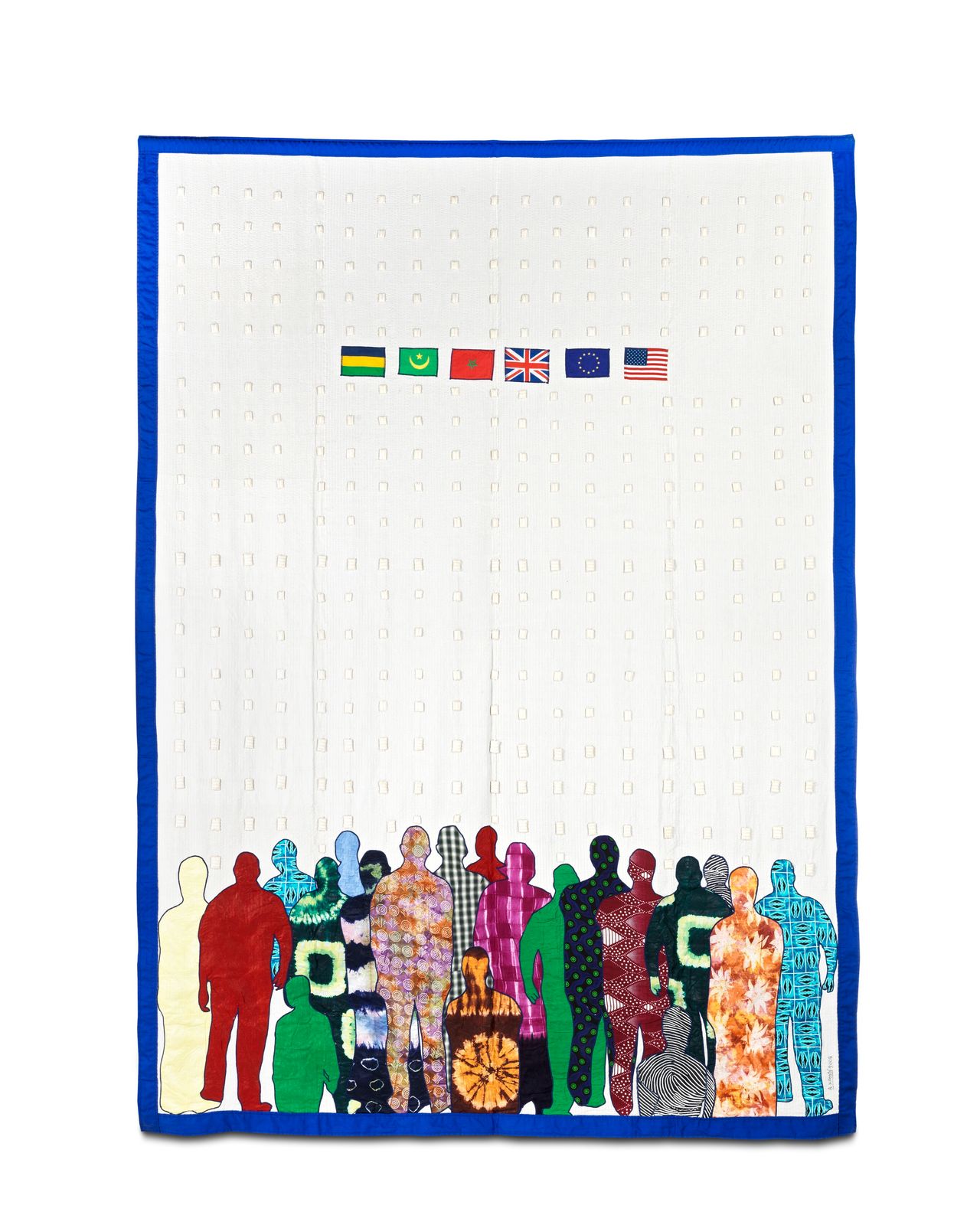
Medium: Textiles
Materials: Woven and dyed clothes from his native Mali
On the space between figuration and abstraction: "The visual difference for me is relatively low. Up to a certain level, the imagining of the figurative finds himself in abstraction. Just think of looking at a cloudy sky, in which inevitably also repeatedly shapes, silhouettes seem reminiscent of people. For me, reconstructed in any case even in the most abstract forms the idea of something representational. The border is not as clean as one likes to believe."
On his use of textiles: "Textiles are in principle very strongly tied to the people, on whose body they act for him often as a house. And the meaning varies according to the ethnic groups, epochs, traditions. There are certain substances that are intended for the wedding, soirées or religious ceremonies. To that extent have textiles for human social and periodic content, sometimes there is also a mystic attribution. With us, the musicians and hunters carry certain substances, because they believe that some force inherent in these and they are protected."
Also on HuffPost:
